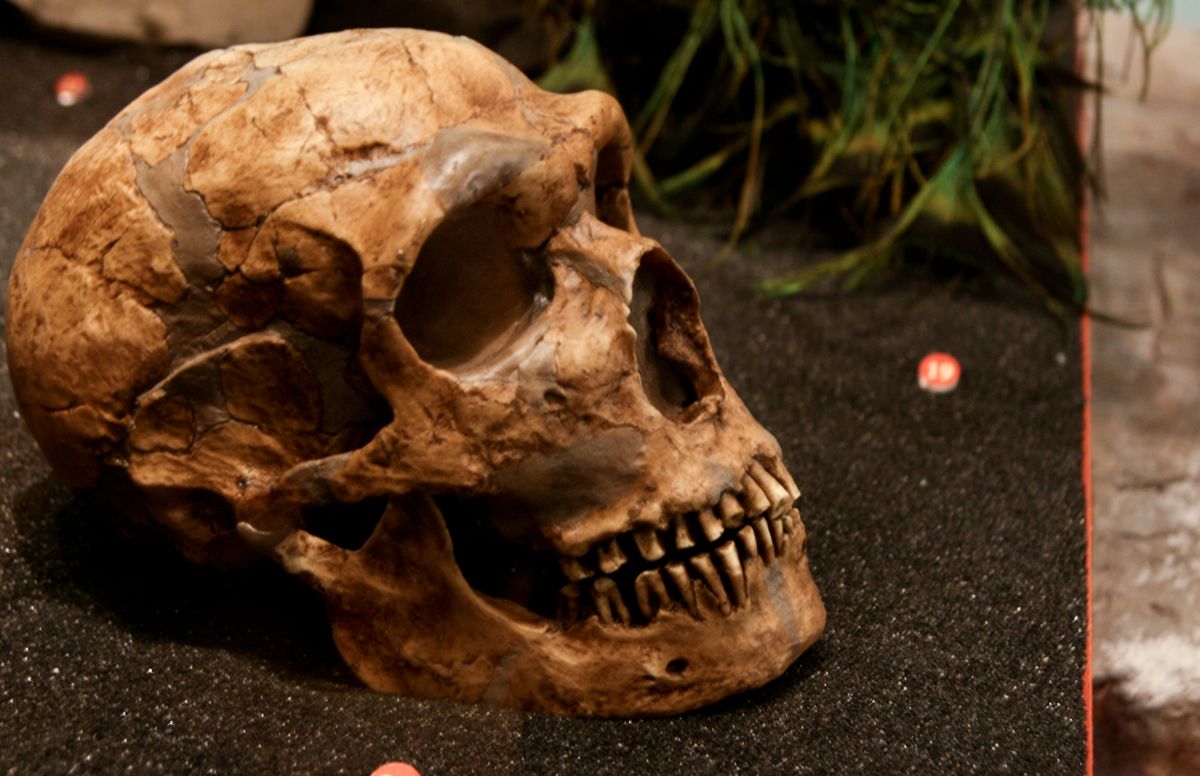All modern humans belong to the same species; Homo sapiens. But, Homo sapiens weren’t always the only humans. Our species appeared about two hundred to three hundred thousand years ago. Until about one hundred thousand years ago we shared Earth with several other kinds of humans that are now extinct. Paleoanthropologists classify these other humans as members of our genus, Homo, but as belonging to other species.
The most familiar is Homo neanderthalensis: Neanderthal humans. They were short and stocky, had prominent brow ridges, and lived in Europe and Asia. They emerged about the same time as our species, and became extinct about thirty thousand years ago.
Homo erectus humans, the oldest known member of our genus, emerged about two million years ago. They were the first to have an erect gait and body proportions like ours. They lived into the time of our species, disappearing about a hundred thousand years ago.
In 2021 a team of Israeli paleoanthropologists reported their discovery of ancient human remains at an excavation near the city of Ramla in Israel. The fossils show that these members of the genus Homo had a different skull structure than members of our species, with no chin, and very large teeth. Their remains date between one-hundred-forty thousand and one-hundred- twenty thousand years old. That means that they lived during the time of Homo sapiens.
Anthropologists are still debating whether these humans are a new variant of Neanderthal, or an entirely new species of human. Their remains were found amidst stone tools like those associated with sapiens of the time. This shows they may have interacted with our ancestors, and shared toolmaking techniques.









